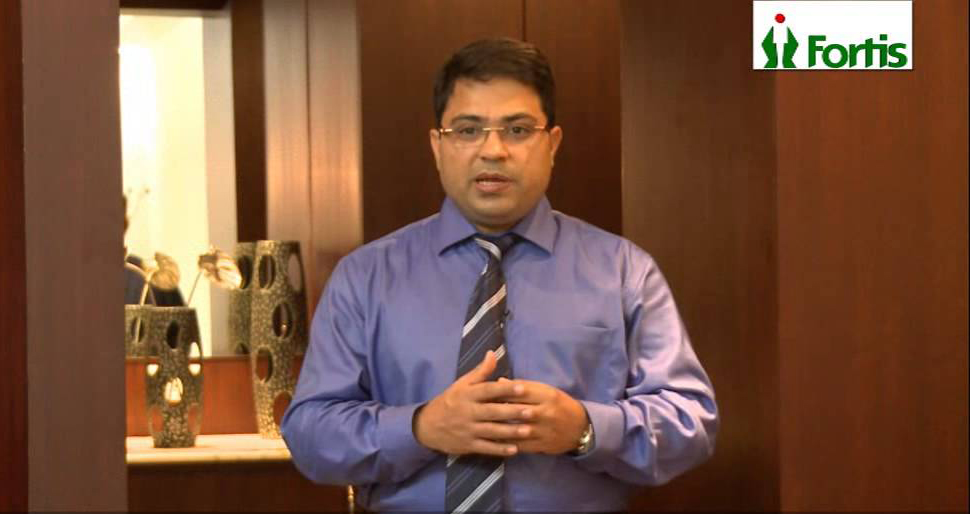Biliary Atresia is a rare disease that affects children, causing a blockage in the bile duct and leading to liver damage. In India, one in every 10,000 to 15,000 infants is born with this disease yearly.
Strange right? Biliary Atresia causes a blockage in the bile duct, which prevents the liver from draining bile into the intestines, leading to liver damage over time. This condition is not well understood, and there is no clear cause. Although some researchers believe it may be caused by a viral infection or an autoimmune response, others suggest genetics may play a role.
So, if you are curious to know more about biliary atresia disease, this blog is meant for you. We will explore Biliary Atresia causes, symptoms, and available treatment options. Let’s learn more about this disease that affects children.
Biliary atresia is an uncommon liver condition that happens in infants. This disorder adversely affects the bile ducts of the infant, requires immediate medical attention, and can prove to be fatal if left untreated. Bile is a vital fluid that helps in the digestion process.
When a baby is diagnosed with this condition, his or her bile ducts get blocked, sending the bile back to the liver. This not only damages the liver but can also affect other crucial functions of the body.
Biliary Atresia is a condition that can be treated through surgical procedures and is a major cause of liver transplants in small children or infants. It is important to know that girls are more vulnerable to this disease than boys. There are essentially two major types of Biliary Atresia disease:
So far, the doctors have been unable to identify the exact biliary atresia causes. However, some possible causes can be:
Biliary Atresia is a rare disorder that affects approximately one in 15,000 babies, with a higher incidence among girls than boys. It is not known to occur in the same family, nor is there a link to medications taken during pregnancy. However, African-American and Asian babies are more likely to develop this disorder.
Babies with biliary atresia disease look fit and healthy at the time of birth. The illness typically reveals itself during the first two months of life. These signs include:
Ensure you consult the doctor of liver transplant in India if you identify any of the above-mentioned biliary atresia symptoms. The specialist will help you know your child’s exact condition and suggest the best possible treatment accordingly.
Though a physical examination is done to check the enlarged liver, the provider may also do several tests. To diagnose biliary atresia disease, doctors will ask about the infant’s medical and family history and order a series of tests, including:
Blood Tests
Imaging Tests
Other Tests
The next stage is surgery to confirm the diagnosis if test results indicate that a baby will likely have biliary atresia.
A surgical procedure called Kasai is performed to connect the liver to the small intestine through normal ducts. The success rate is very high if done before the infant is 8 weeks old. A liver transplant is also a possible treatment option for this condition, and the liver transplant success rate in India is also very high.
The baby can lead a normal and healthy life after the Kasai procedure. However, some can even suffer from gradual liver damage. Make sure you don’t take symptoms of liver diseases lightly in children and consult with the best doctor as soon as possible.
Biliary Atresia is a rare disease mainly affecting infants, and early detection is essential to control serious health consequences. One important diagnostic tool that healthcare professionals use is the triangular cord sign, which can reveal the presence of extrahepatic biliary atresia.
The sophistication of this disease highlights the importance of ongoing research and conspiracy between healthcare specialists, patients, and families. By increasing awareness of Biliary Atresia disease, we can help you to make an informed decision whenever you notice any kind of biliary atresia symptoms in your children.
If you want more information, contact the expert at the All India Liver and Biliary Sciences, Dr Vivek Vij, the youngest liver transplant surgeon to complete 800 transplants. He will advise you and give you the best treatment. Book an appointment for a consultation now.
Q1. How does Biliary Atresia affect children?
Ans: Biliary atresia disease mainly affects newborns, and its early signs can include pale stools, dark urine, and skin and eye yellowing. If the condition is not addressed, it can result in cirrhosis, liver damage, and even liver failure.
Q2. How is Biliary Atresia diagnosed?
Ans: Several physical examinations, blood tests, imaging exams (such as an ultrasound or MRI), and a liver biopsy are typically used to identify biliary atresia. The triangular cord sign can be a crucial indicator of extrahepatic biliary atresia on imaging tests.
Q3. Can Biliary Atresia be cured?
Ans: Biliary atresia is currently incurable. However, early surgical intervention (like the Kasai operation) can aid in restoring bile flow and stopping further liver damage. A liver replacement might be required in some circumstances.
Q4. What can be done to support children with Biliary Atresia and their families?
Ans: Support groups, therapy, and educational materials are among the resources accessible to families and kids with biliary atresia. In order to provide personalized treatment plans as well as assistance throughout the course of the illness, healthcare professionals can collaborate closely with families.






